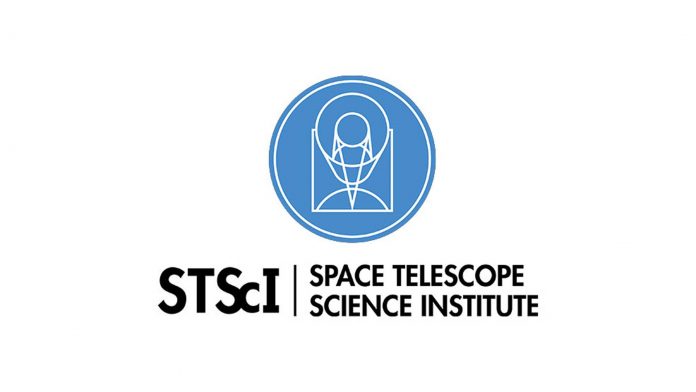The latest science news from areas such as physics, chemistry, biology and health, along with the ever expanding field of materials science and space exploration.
Horizon Europe in Canada
Promoting Canadian Participation in Horizon Europe
North American Academic Spotlight
The latest science, research, and innovation news from organisations in North America
European Academic Spotlight
The latest science, research, and innovation news from organisations in Europe













